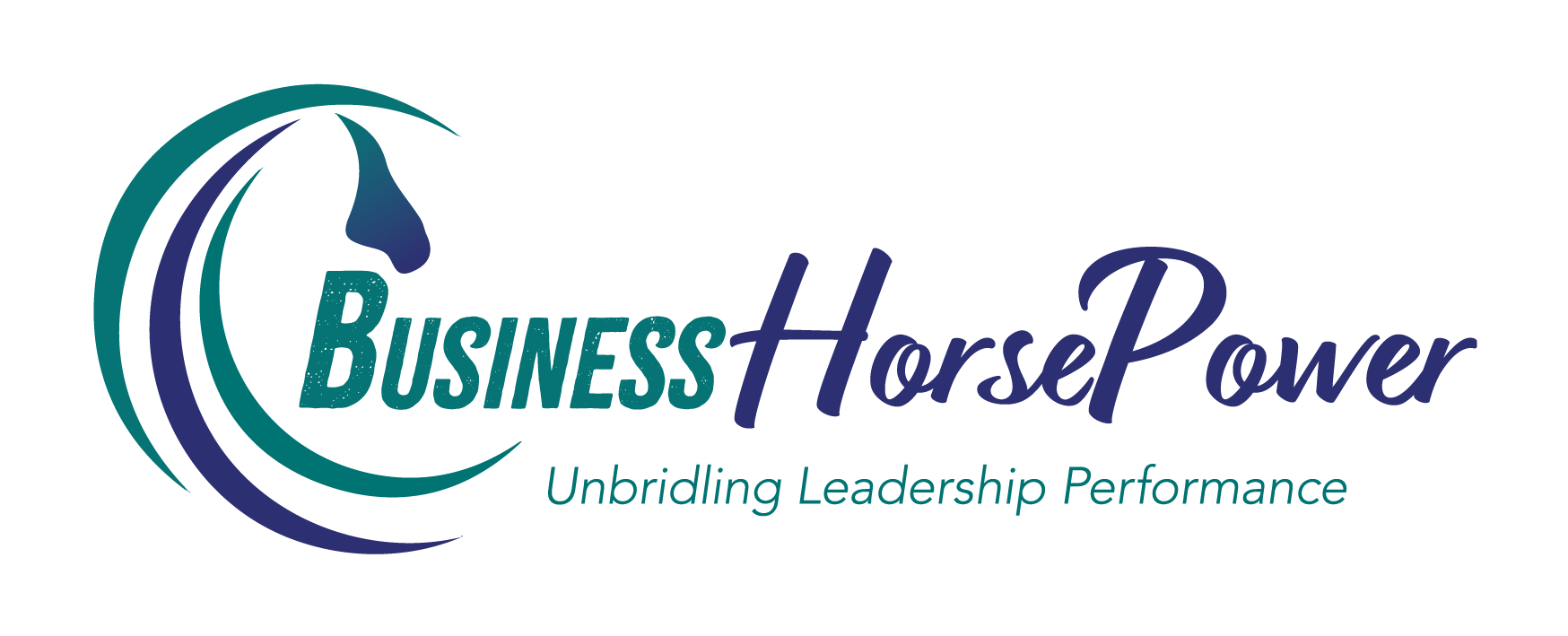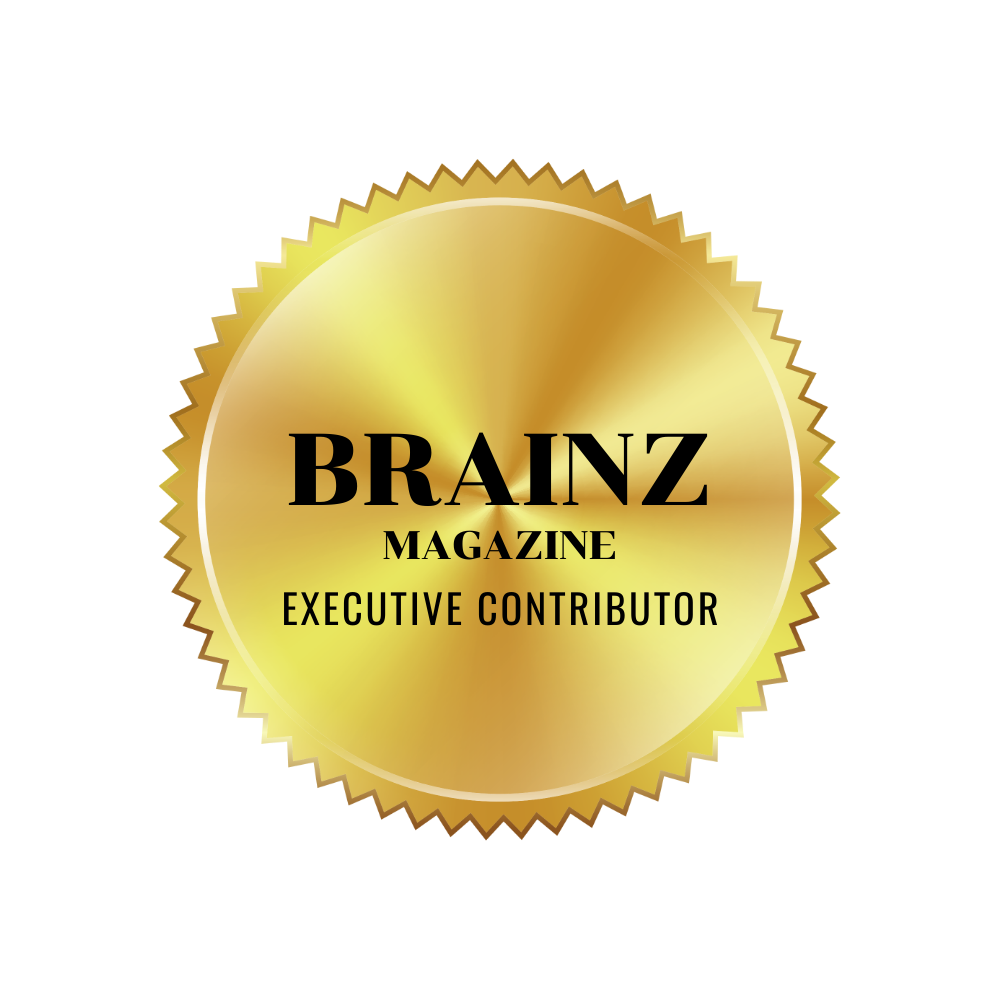“Some of the greatest advances happen when people are bold enough to speak their truth and listen to others speak theirs”.
KENNETH BLANCHARD, AUTHOR AND MANAGEMENT EXPERT
It seems that everywhere I look right now the topic of diversity and inclusive leadership prevails. So what is really is inclusive leadership? In their book Inclusive Leadership: The Definitive Guide to Developing and Executing an Impactful Diversity and Inclusion Strategy, the authors Charlotte Sweeney and Fleur Bothwick define an inclusive leader as “someone who has a strong self-awareness about their own preferred work style, but is able to flex this style to connect with all of their team, even those who think and work differently and who may have totally different motivators.” Clearly then an Inclusive Leader needs to have emotional intelligence and be self-aware of how others perceive events, as well as appreciating their own unconscious bias and how that could impact their decision making.
The term ‘cognitive bias’ was coined by Amos Tversky and Daniel Kahneman in 1972 and quite simply it means “our tendency to filter information, process facts and arrive at judgments based on our past experiences, likes/dislikes and automatic influences.” In a world that is a flux of rapid change it is natural for leaders to default to what they know. After all this feels safe, but of course it limits the opportunity for innovation and creativity and sometimes can result in wrong decisions being made because what worked in the past may no longer be a viable if the context has changed.
Unconscious bias can often be more noticeable when leaders discriminate against people of a certain colour, race, sex or nationality based on their past experiences with similar people. At work, biases (or the perception of bias) is the biggest contributor to people disengagement and cost of disengagement is huge. According to Gallup in the UK an incredible 92% of team members are disengaged or actively disengaged which is having massive repercussions on productivity and profitability levels and explains why the UK is struggle to compete with other European nations whose productivity levels are higher.
Here are 6 ways to deal with Unconscious Bias and so create a more inclusive workplace:
Become More Self-Aware: Get Conscious and become more fully aware about unconscious cognitive biases. Knowing that they exist is the first important step to tackling them. And they exist in plenty. There are over 150 different types of bias, do you know how all these impact you as a leader?.
Embrace Inclusion and Diversity. Ensure that when you hire you don’t hire people just like you. It is essential that every team contains a balanced mix of viewpoints as this leads to more diverse thinking patterns, and so creativity and innovation.
Ask Questions: When considering a decision, ask questions that elicit understanding and clarify details. When you ask questions, you extend an opportunity to others to really express them. You are extending an opportunity to yourself to understand their thinking more closely. Encourage a culture where asking questions is valued.
Look for Patterns. Nowadays we have a plethora of data we can examine to help us identify patterns. Looking for patterns from the results of past decision can lead to important insights and learning. However, beware as sometimes data can be misleading unless the real context of the data and the decisions made are fully understood. It’s easy to look at data out of context and interpret it in a completely different way to that which was intended.
Challenge the Norms. Playing devil’s advocate and taking a contrarian view of things is a great skill for inclusive leaders to have. It challenges others to think differently and articulate clearly and concisely their position so you can assess whether their stance is driven by their own bias.
Communicate Clearly. Inclusive leaders appreciate the clarity in communication is key, and so become mindful about their choice of words to describe people and situations objectively. Miscommunication is the cause of so much workplace angst as everyone interrupts through their own filters. In fact it is a wonder that we ever achieve anything at work.
Horses are masters at modelling inclusivity for us, as each member of the herd knows their role and how they contribute to the safety of the group. Indeed for a horse to be excluded from the group is tantamount to a death sentence, as a lone horse, being a prey animal, cannot survive alone. In fact being included as part of the herd is his ticket to safety and security. The herd provides what Simon Sinek refers to as the Circle of Safety for the horse, something he is loathed to be excluded from.
I’m curious what actions will you take to make your workplace more inclusive so you can leverage the benefits of increased employee engagement, productivity and profitability.

Julia Felton (aka The Business Wrangler) is the founder of Business HorsePower. Business leaders, entrepreneurs and executives hire her to accelerate their business performance by harnessing the energy of their people to work more collaboratively together. By aligning purpose with actions the team achieves exponential results as everyone starts pulling in the same direction.
Julia believes that business is a force for good and through designing purpose-driven businesses that leverage the laws of nature, and the herd, you can create businesses founded on the principles of connection, collaboration and community that make a significant impact in the world.






